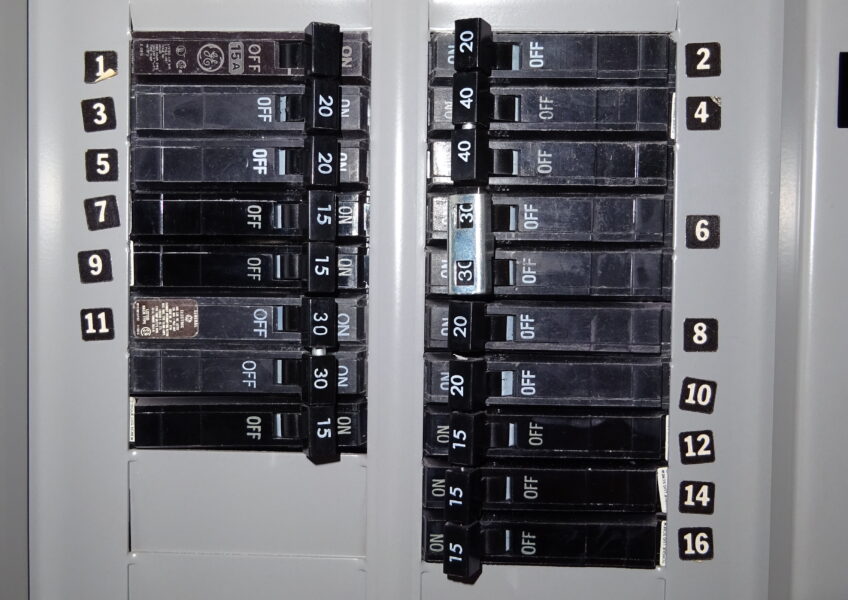The Science Behind Investigating Electrical Fires
Introduction
Electrical fires can wreak havoc on properties, leading to significant losses and posing severe safety risks. While the aftermath is often devastating, understanding the science behind these events is crucial for prevention and proper insurance claim handling.
The Ignition Point: Electrical Failures
Every electrical fire has an ignition point, which can be anything from faulty wiring to malfunctioning electrical equipment. Forensic engineers are trained to pinpoint these origins by analyzing the condition of wires, the integrity of circuits, and the operation of safety mechanisms like circuit breakers.
Why Electrical Fires are Unique
Unlike other fire types, electrical fires don’t need an external source of fuel. The electricity itself serves as the fuel, meaning that the fire can continue as long as the electrical source remains active. This unique characteristic demands specialized expertise in electrical engineering and fire science.
Role of Forensic Engineers
When it comes to electrical fires, forensic engineers play an invaluable role in deciphering the intricate details that led to the fire. Through a series of meticulous tests and evaluations, they can identify the true cause, whether it’s an electrical short, an overloaded circuit, or inadequate wiring. Their findings serve as a scientific foundation for insurance claims, lawsuits, and preventive measures.
Case Studies
Case studies often serve as the ultimate learning tool in understanding electrical fires. These real-life scenarios offer a glimpse into the investigation process, showcasing the steps forensic engineers take to arrive at an accurate conclusion. Not only do these cases inform engineering practices, but they also guide legislative bodies in establishing more stringent safety codes.
Conclusion
Investigating electrical fires is a complex yet indispensable process. As we move towards an increasingly electrified world, understanding the science behind these events is more critical than ever. Forensic engineers stand at the forefront of this effort, ensuring that we learn from every incident to make our environments safer and more resilient.




